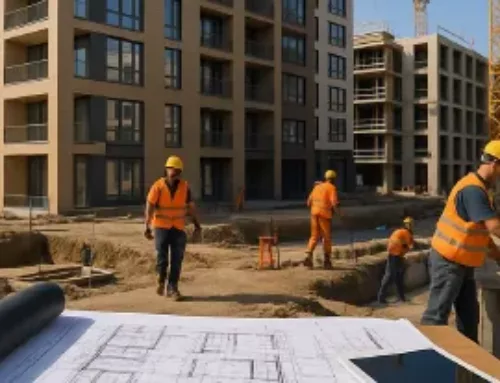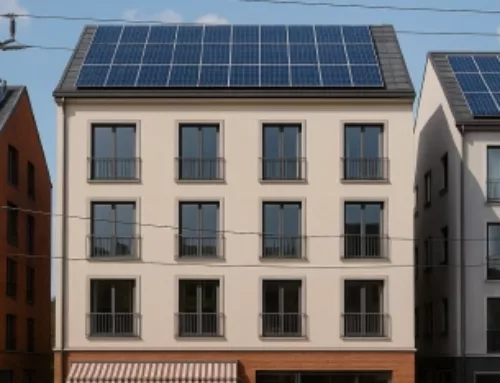Ailing infrastructure, lengthy procedures and a lack of digitalization. Germany is in need of reform in many areas and lags behind Europe in many areas. The new government has taken up the cause of making Germany work again.
The outline of how this is to be achieved can be seen in the coalition agreement. There is to be an initiative to speed up the planning and approval process – not only at German level, but also at European level.
Here are 5 highlights from the coalition agreement:
- The construction turbo is now to be ignited after all.
Background: The old federal government had already planned to introduce Section 246e BauGB, which was intended to allow deviations from the requirements of the Building Code (BauGB). This particularly affected areas with a tight housing market. Put simply, the creation of housing in these areas was to be facilitated and accelerated by dispensing with the need to amend or draw up development plans. The legislative process was well advanced, but did not make it through the Bundestag due to the abbreviated legislative period.
What is now planned: the turbo is to come after all – and at a pace appropriate for a turbo – namely within 100 days. A major amendment to building law, on the other hand, is expected in the course of the legislative period.
- Planning procedures should be accelerated, among other things through
– Binding deadline regulations;
– Only one-time involvement of the public and public agencies;
– early commencement of measures;
– and – last but not least – complete (!) digitalization of planning and approval procedures.
The last point in particular sounds promising and sets the bar high for the government.
- Spatial planning law should be endowed with “overriding public interest”
Background: Public law always involves weighing up different public and/or private interests. What is weighted and how is always dependent on the responsible actors and can therefore vary greatly. Many project developers have had the painful experience that their interests have had to take a back seat to other (public) interests and have therefore failed. The previous government had found a way out for renewables. The weighting is influenced by the fact that certain projects are deemed to be of “overriding public interest”. Not unstoppable, but much harder to prevent.
What is planned: The idea of Section 2 EEG is now apparently to be extended further to enable or accelerate construction projects. It could work well in practice.
- Population protection and easier designation of compensation and replacement measures
The course was also set in the area of environmental protection during the last legislative period. Individual protection of species is to be replaced by population protection, which is already partly provided for in the existing regulations. In the case of compensation and replacement measures, greater networking is planned.
- Deviation from recognized rules of technology
Also interesting is a sentence according to which deviations from the recognized rules of technology should no longer necessarily constitute a defect in the future. Why is this being done?
The so-called building type E, which stands for faster and less complicated construction, is often prevented because its construction is actually “defective” per se, because it violates recognized rules of technology. But: is it necessary for a functional building to always comply with all recognized rules of technology? Or is Germany possibly tripping itself up with its high quality standards?
These are just a few examples that do not claim to be exhaustive. A work of art that the coalition has already accomplished before its launch also deserves attention: the abolition of a law that does not even exist has been announced. The coalition will have to explain exactly what is meant by the abolition of the Heating Act (Heizungsgesetz). Even after further research, such a law has still not been found. However, if the aim is to simplify the Building Energy Act, this would be welcome.





